(Note Sep 6, 2016: I have done more research on various types of coffins and you can see it here)
22. 23.
As promised a month ago, here is my documentation for late 14th and late 16th century coffins.
Summary
An examination of pastry coffins from the ends of the fourteenth and sixteenth centuries. I am making coffins from two cookery books, one from 1390 (Fourme of Curye) and one from 1597 (The The Second part of the good Hus-wiues Jewell).
My goal here is to compare and contrast the earliest and the latest coffin recipes I have found and to see if their similarities will allow me to assume that they function as a baseline from which to measure other coffin recipes.
Introduction
When I began this project it was because I had read in too many places[1] that there weren’t any coffin recipes in existence, while others say that there aren’t any from before the latter part of the sixteenth century.[2] I felt that as coffins are a key part of English cookery there had to be a few recipes somewhere. I examined fifteen Middle English and Early Modern English cookery books from 1390 CE to 1597 CE and found references to coffins in eleven of them. Of those eleven, six of them had actual recipes. In total I found fourteen separate coffin recipes.
Although there are a number of general similarities they are exceptional for how often they are not followed. Most of the coffin recipes seem to be prebaked, though there is the occasional exception[3], and some are baked half way, removed, filled and baked again.[4] Most of them seem to have lids, though there is the occasional recipe without a lid.[5] Many of them have the lid raised up by blowing into it. Some have the lid prebaked and a hole cut in it so a gelling agent (like eggs) can be poured into it.[6] Some of the coffin recipes seem to be designed to be eaten, containing sugar or other flavorings,[7] [8] some would probably taste very bad and so do not seem to be designed to be eaten.[9] Most are baked, but some are fried.[10] They seem to be used for all sorts of menu items including desserts. The biggest similarities I could find were: a coffin is a pastry case designed to hold other food for baking or frying, it is often prebaked, it often has a lid. The term “coffin” in this context means a chest, case or box,[11] so I suspect it has more to do with the shape than anything else. Because of this I will use the term “coffin” to mean: a pastry case which has a bottom, sides and a top (with exceptions where referred to in the recipe) and that it will be at least partially prebaked so as to hold its shape.
For this entry I decided to compare the earliest and the latest coffin recipes; I will examine and redact the recipes from Fourme of Curye and The Second part of the good Hus-wiues Jewell and compare them.
More after the break:
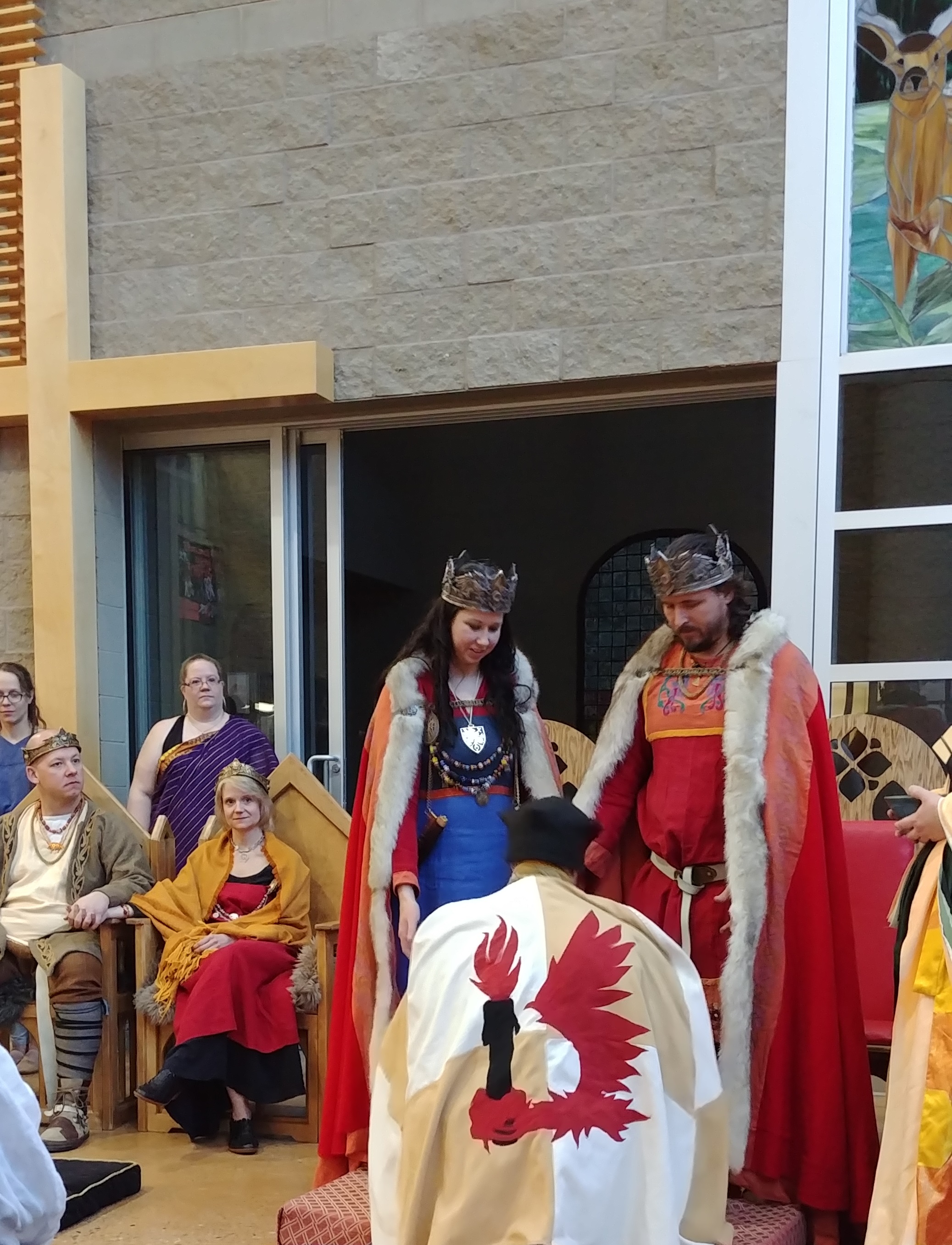
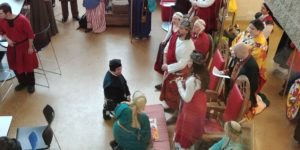
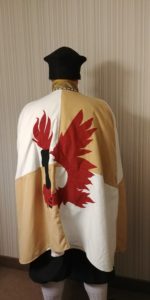


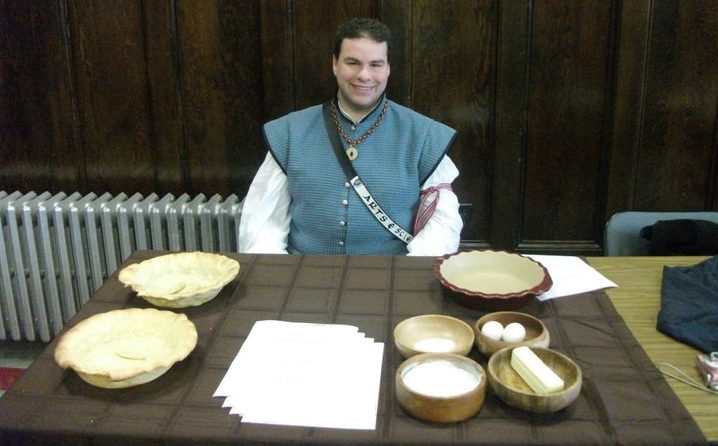
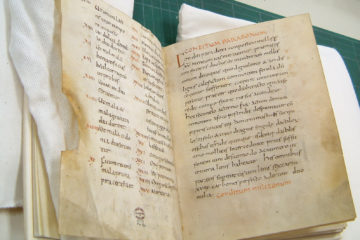
You must be logged in to post a comment.